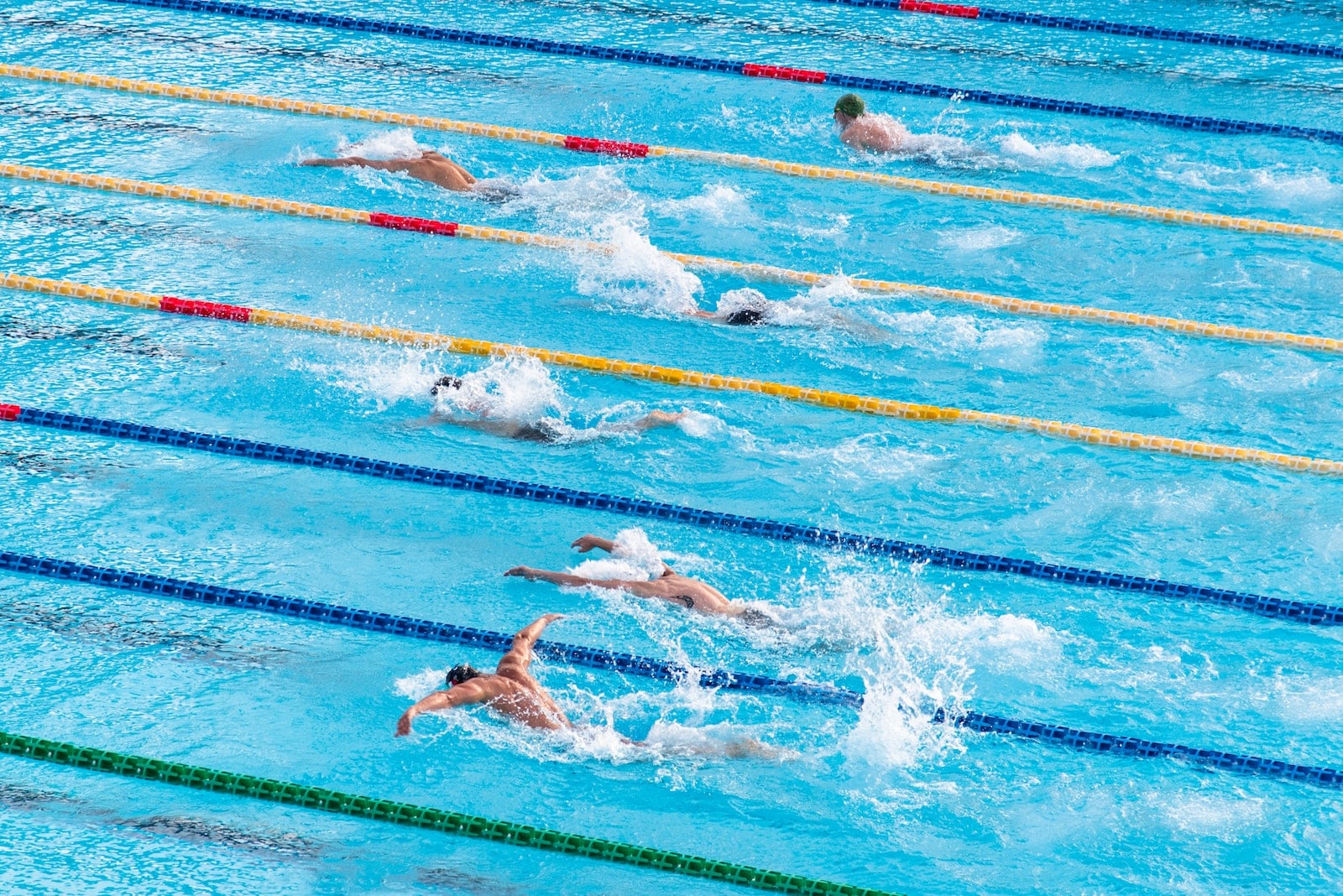Swimming in the Off Season

As the racing season comes to an end for most, there is always the question on how to go forward with training into the winter months and what some call the off season. With no races on the horizon, it’s a great time to have a mental break as well as a physical break. This means a lighter training load that is more focused on form, always working on consistency. During this time athletes should shift the emphasis to more technique based training, as well as tweaking the structure of our sessions.
Get Some Technique Coaching
Look for private coaching from a knowledgeable and experienced swim coach (hint hint!). All jokes aside, use word-of-mouth recommendations as well as Internet searches. Working with a local coach is advantageous because you can see them multiple times or easily schedule a follow-up session a few weeks later. Things like video swim analysis can be really helpful in making breakthroughs with your stroke – especially if you feel like you have been banging your head against a brick wall trying to improve something during the year.
Improve Your Kick
Use the winter months to become a stronger swimmer from all round. The benefits of having a strong kick include a well-balanced stroke, increased core strength, quicker starting speed and strong and stretched hip flexors (used in cycling and running). Mix up kicking sets with different body positions in the water: Streamlined, kick on your back, side kick or try vertical kicking. Remember, kicking might not give you the most propulsion in your stroke, but a good kick can make life much easier in the water. Plus it can help you get a good workout if you are crunched for time!

Enter Masters Competitions
Competition is the key to staying motivated during training. Search for a local Masters meet online (www.swimming.org/masters/) and register as an individual or as part of a team. Pick the longer events and work on endurance and pacing and enter the sprints to improve speed and power in the water. If a swim meet holds no appeal for you, schedule a monthly time trials into regular training – of varying distances; try 800 one month, 3k the next. Record the times to track improvement and use 100 splits to judge pacing ability (and make sure that there is a difference between the shorter distance pacing and the long distance speeds!).
Learn New Skills
With no pressure on racing, you could use your time to learn some new skills to help spice up your swim sessions – but these skills won’t just help you enjoy sessions more. They will help your all round swim ability. Work on tumble turns for better rhythm and speed throughout a swim, or learn butterfly and breaststroke to give your body variety from standard freestyle and backstroke.
Improve Your Strength
Increase power in the water by building strength in swimming-specific upper-body muscles like the lats, triceps and pectorals. Prevent shoulder overuse injuries with shoulder rotations and elevation exercises using resistance bands and light weights. Improve core strength with balance poses like planks, or power exercises like squats and deadlifts to aid in endurance and maintain technique during long swims.
If you have any questions or comments, please feel free to get in touch; either by email, facebook or leave a comment on here! Remember, you can always get your swimming reviewed in the endless pool with our video swim analysis packages.
See what’s up next week for our #SwimTechTues tip!
